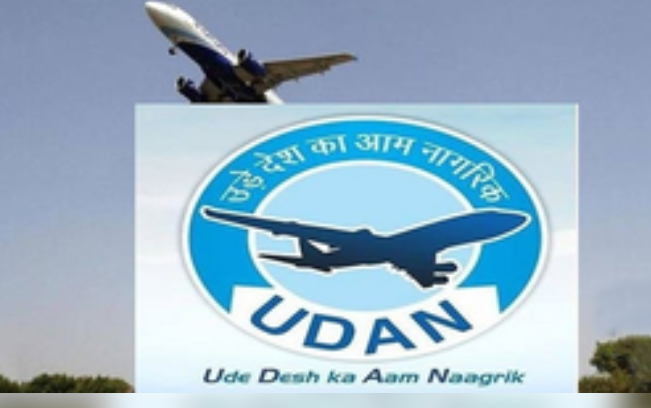Business
UDAN scheme transforming aviation landscape, making air travel affordable: Centre

New Delhi, Oct 20
The Indian aviation landscape has undergone a significant transformation under the UDAN (Ude Desh ka Aam Nagrik) scheme, as the number of operational airports in the country doubled from 74 in 2014 to 157 in 2024 and the aim is to increase this number to 350-400 by 2047, the government said on Sunday.
Domestic air passengers have more than doubled in the past decade, with Indian airlines significantly expanding their fleets.
Spearheaded by the Ministry of Civil Aviation (MoCA), UDAN aims to enhance regional air connectivity from unserved and underserved airports across India, making air travel affordable for the masses.
“As it celebrates its seventh anniversary, UDAN stands as a testament to the commitment of the Indian government to improve infrastructure and connectivity, especially in remote regions,” the ministry added.
Regional carriers such as Flybig, Star Air, IndiaOne Air, and Fly91 have benefited from the scheme, developing sustainable business models and contributing to a burgeoning ecosystem for regional air travel.
Notably, Indian carriers have placed orders for over 1,000 aircraft slated for delivery in the next 10-15 years, significantly augmenting the existing fleet of approximately 800 planes.
The first UDAN flight took off on April 27, 2017, connecting the serene hills of Shimla to Delhi. UDAN operates on a market-driven model, where airlines assess demand on specific routes and submit proposals during bidding rounds.
According to the ministry, the government has implemented several supportive measures to attract airlines to operate flights in less lucrative markets
Airport operators have waived landing and parking charges for Regional Connectivity Scheme (RCS) flights, and the Airports Authority of India (AAI) does not levy Terminal Navigation Landing Charges (TNLC) on these flights.
Moreover, a discounted Route Navigation and Facilitation Charge (RNFC) is applied. For the first three years, excise duty on Aviation Turbine Fuel (ATF) purchased at RCS airports was capped at 2 per cent. Airlines are also encouraged to enter code-sharing agreements to expand their reach.
“States have committed to reducing VAT on ATF to 1 per cent or less for ten years and providing essential services such as security, fire services, and utility services at reduced rates,” the ministry informed.
Initiatives like UDAN 3.0 have introduced tourism routes connecting several destinations in the Northeast region, while UDAN 5.1 is focused on expanding helicopter services in hilly areas to stimulate tourism, hospitality, and local economic growth.



































